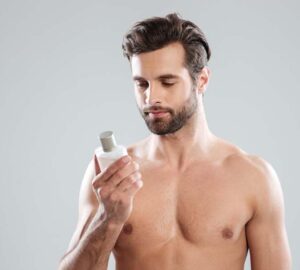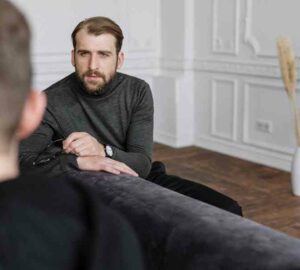Often touted as a futuristic way to solve many alignments, light therapy glasses cast a blue light onto the face to put less stress on our eyes. Although this technology’s implementation in eyeglasses is new, science has used light to manage several conditions for ages. Let’s look at how useful light is when it comes to improving sleep and mood.
What Is Light Therapy?
Also known as phototherapy, light therapy is simply when light is used to treat a medical condition. It’s beneficial for adjusting circadian rhythms, which is when your body prefers to stay awake and sleep. While most people have a similar circadian rhythm to keep up with a 9-5 workday, everyone is different and likes to sleep at other times.
Since modern work-life involves staring at computer screens, our brain misinterprets this blue light as daytime, making it difficult for your body to produce melatonin necessary for sleep. The inability to sleep can affect your mood and energy levels, which can become more severe during the winter months if you live in a country with multiple seasons.
Certain medical conditions respond well to light therapy treatment, including insomnia and photophobia. This treatment can be administered in two different ways.
Conditions That Positively Respond To Light
Historically, lightboxes (now light glasses) were used to deliver phototherapy artificially. The technology has become more portable and includes multiple different glasses types like specialist migraine glasses and tinted glasses.
These glasses isolate and deliver a lower intensity of blue light that can fix circadian rhythm, which helps the following conditions.
Insomnia
Patients with insomnia have a difficult time falling asleep and staying asleep long enough for REM to take over. People living with Insomnia are especially sensitive to blue light, and this issue may become worse if a lack of sleep causes them to look at a screen (smartphone, television) as a distraction. Using light glasses while working at the computer can help improve sleep.
Seasonal Affective Disorder (SAD)
Known as winter depression, SAD occurs commonly in countries where there is less light in the winter than there is in the summer. The lack of light availability can lead to a deterioration of mood. SAD sufferers are more likely to sleep more, eat more, and gain weight. Using light glasses while not looking at a screen can encourage wakefulness.
Morning Sleepiness
Being a night owl isn’t necessarily a bad thing, but sleeping too late at night can affect your morning routine. If you have difficulty getting out of bed, you likely have issues staying asleep. You can use light glasses for looking at a computer screen and keep your curtains open at night so you can relax enough to sleep while allowing the sun to wake you in the morning.
Delayed Sleep Syndrome
Unlike night owls, someone who has delayed sleep syndrome has the genetic tendency to go to sleep later than the average population. You may have difficulty falling asleep at conventional times, which will lead to difficulty waking in the morning. If delayed sleep syndrome disrupts your social or work life, use light glasses to achieve a level of normalcy.
Jet Lag
Traveling to another country can severely disrupt your body’s circadian rhythm, and it can be challenging to adjust your sleeping schedule if the vacation or business trip you’re taking is short. It’s normal to take one day to switch to a different schedule, but light glasses can help you make that change seamless. Wear light glasses throughout the day, so you’re tired at night.




